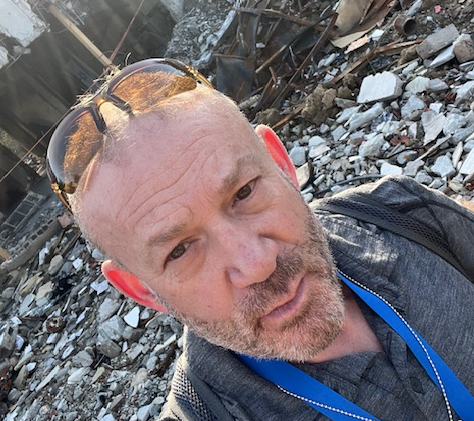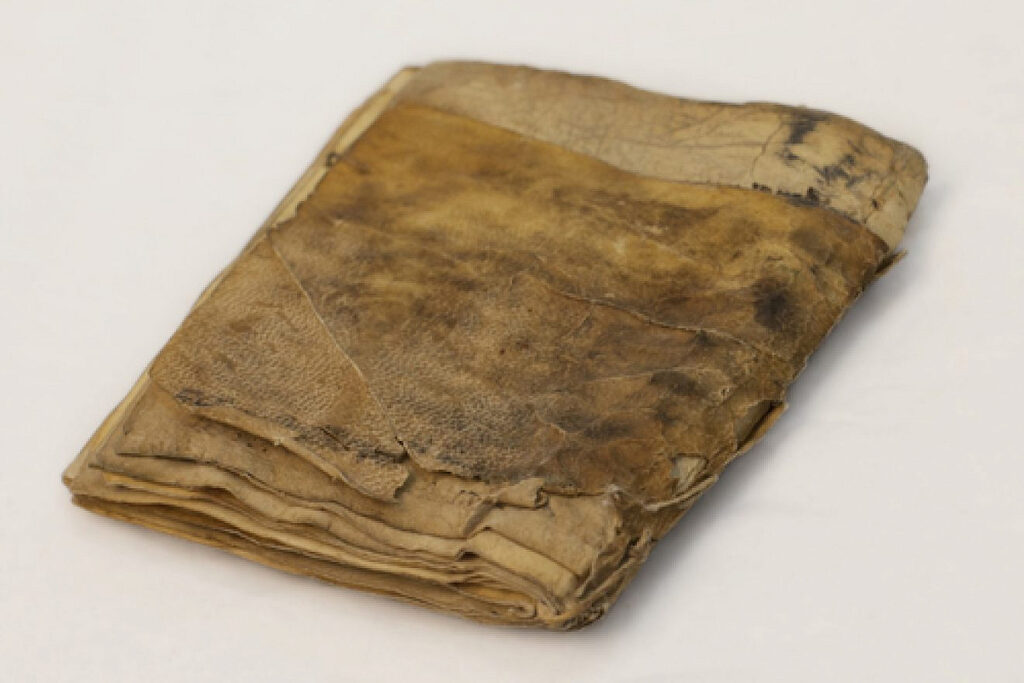
“Oohs” and “Aahs” in Danbury and Newtown as Israeli Scientist Shows Off Robots
“Oohs” and “Aahs” in Danbury and Newtown as Israeli Scientist Shows Off Robots
March 2, 2011
Uncategorized
 They slither, wiggle, climb and crawl. They’re not alive and they’re not toys, but they fascinate and draw crowds.
They slither, wiggle, climb and crawl. They’re not alive and they’re not toys, but they fascinate and draw crowds.
They’re small robots, prototypes of what Dr. Amir Shapiro and his team of 10 students are creating in the robotics lab at Ben-Gurion University of the Negev in Israel.
Shapiro was in Greater Danbury Sunday as a spokesman for the university and to demonstrate the robots. More than 100 people of all ages attended each of his 90-minute appearances, first at the United Jewish Center in Danbury, where it was coordinated by Eve Siegel, and then, organized by Hadassah education chair Dorothy Schoengood, at the C.H. Booth Library in Newtown.
Viewing the robots before the program at the UJC, guest Peggy Gillen summed up what many people in both sessions thought about Shapiro’s mobile marvels.
“This is so exciting,” she said. “You read about these things never thinking you’re going to see them. It’s great that kids are seeing it — it’s their future.”
Shapiro, a friendly man who was born in Haifa and is a father of five, was at ease speaking about his creations, following his introduction at each venue by Federation Director Norman Greenstein.
The robots, said Shapiro, “were developed to benefit humans and improve the safety and security of Israel and the world.”
Some of them are designed for defense purposes, others for use in research, agriculture and industry.
According to Shapiro, the robots — all computerized and mostly of metal — have three basic uses: For tasks that are too dangerous for humans, for dirty jobs, such as spraying plants, and for jobs that are dull — as in repetitive.
Included in the examples of robots he had with him was a search-and-rescue robot in the shape of a snake.
“It will fit into spaces too small for a human,” he said.
As he did with many of the examples, he put the “snake” on the floor and, working a controller, manipulated the robot’s movements.
“Oohs” and “aahs” could be heard as audience members viewed their first-ever robot and its flexibility.
In the too-dangerous-for-humans’ category, a magnetic wall-climbing robot that can be used on the steel hulls of ships to detect bombs was demonstrated. Besides this example, there are two other types of wall-climbing robots, Shapiro said. One, for use on smooth surfaces, leaves a trail of “glue,” much like a snail that produces slime when it goes up something, and then follows when it descends.
For rough-surfaced walls, some robots have “claws” made from fishing hooks, to climb up and down.
Shapiro also showed a Quad Rover Hovercraft robot that can get a side view of a building or fly into houses to check them out.
As the program in Newtown drew to a close, Danylle Rudin Coleman, there with her son Matthew, a robotics enthusiast, was asked why they had come from Plainview, N.Y., to attend.
“This is helping Matthew solve a programming problem,” Coleman said. “It’s amazing. I’m realizing how much I enjoy seeing the practical applications of robotics in today’s world.”
Asked how she rated the event, Toren Brown, a 12-year-old girl from Monroe, who is also interested in the field of robotics, answered, “I thought it was pretty good. I got to see how things move, got to see them in action.”
Perhaps the person most satisfied with the appearances was Shapiro.
“I’m happy,” he said. “There were crowds of people enjoying themselves and learning about our work at Ben-Gurion University. That is important to me.”
Sunday’s presentations were sponsored by the Jewish Federation of Greater Danbury and Putnam County, N.Y., and the Greater Newtown/Danbury Chapter of Hadassah, the world’s largest Jewish women’s philanthropic organization.



